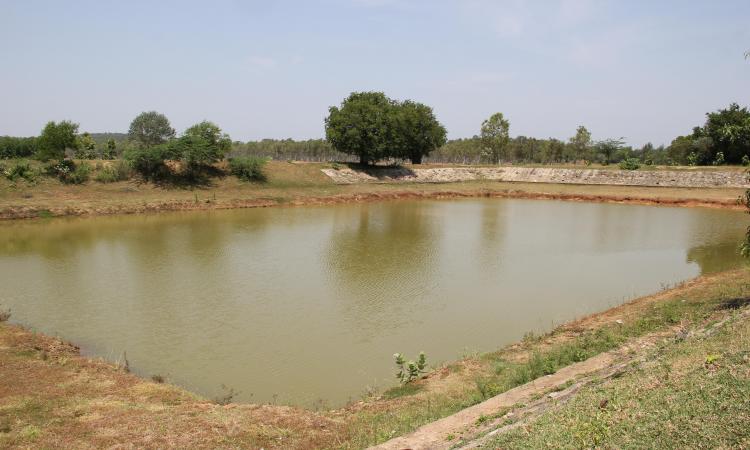
A drop in available water for irrigation is one of the important challenges that countries will face in the coming years. This could create a severe impact on agriculture and food production. This threat is far more serious in countries such as India due to the rapid growth in population as well as overexploitation of available water resources. Rather than centralised solutions, small scale solutions that are cost effective, efficient and environmentally sustainable in the long run, are being proposed to deal with water scarcity.
Rainwater harvesting
The paper titled 'Monsoon harvests: the living legacies of rainwater harvesting systems in South India' published in the journal Environmental Science and Technology, states that village level rainwater harvesting (RWH) systems that have been used in India for over hundreds of years, is one of the best examples of such small scale water solutions.
The use of RWH systems began to decline with the onset of large-scale irrigation structures that were built under the British rule. The situation worsened further thanks to the green revolution that followed, which lead to overexploitation of groundwater resources. However, RWH is currently experiencing a revival thanks to growing awareness both nationally and internationally.
'Eris' or tanks of Tamil Nadu and their current relevance as RWH structures
The social, environmental and and economic dimensions of the Eris are explored in the paper along with their usefulness and relevance in the current context. While understanding the suitability and relevance of RWH in current times, it is also important to understand the socioeconomic and environmental trade-offs associated with these systems such as their use:
- in increasing yields and improving food security: In areas where there are abundant water resources, low-cost, community-level water storage provided by RWH can play a valuable role in increasing yields and improving food security. However in water scarce regions, they can only change the spatial distribution of water, providing a downstream-to-upstream water transfer.
- in aiding the equitable distribution of water resources: RWH structures can help greatly in equitable distribution of water as a commons resource, to prevent dependence on privately owned groundwater resources.
Need for combining RWH revival with other measures to manage demand
The paper ends by arguing that although RWH structures are highly useful and relevant in current times, they cannot be considered in isolation. Rather, RWH must be considered as one part of an integrated plan to maximise water availability and manage demand. RWH revival thus needs to be carried out along with other measures, which include:
- Elimination of electrical subsidies for groundwater pumping to prevent overexploitation of groundwater resources
- Improvements in irrigation efficiency
- Reductions in non-beneficial evaporation from soil or supply sources
- Shifting to less water-intensive crops or irrigating current crops at a deficit
/articles/traditional-rainwater-harvesting-systems-rescue